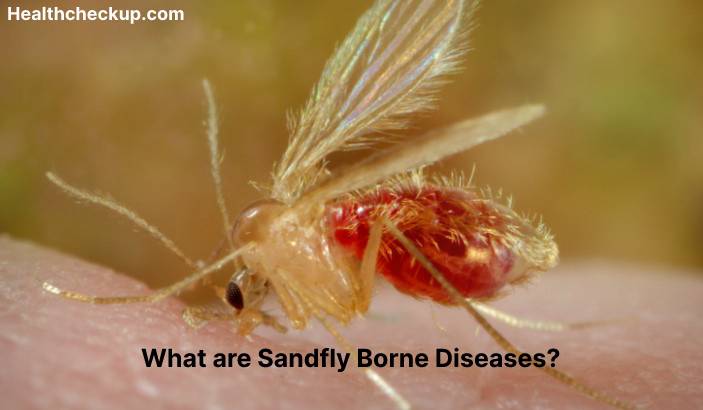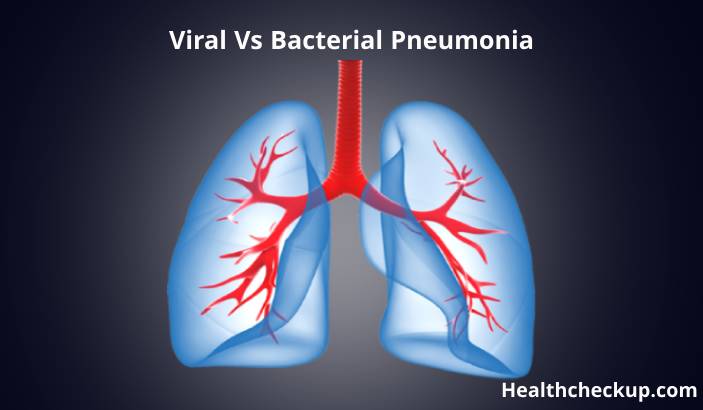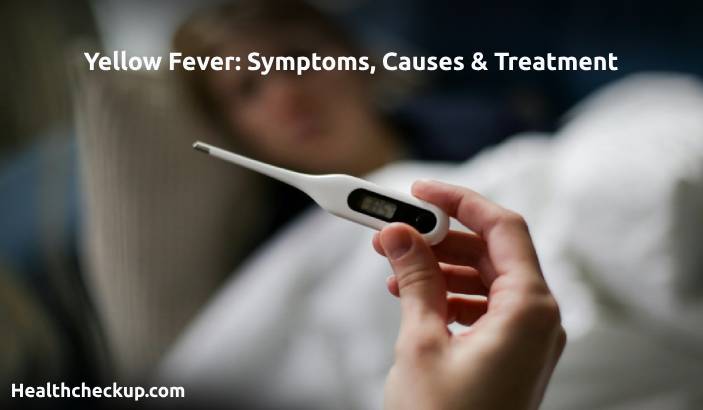Sandfly-borne diseases are infections that are transmitted to humans through the bite of infected sandflies. Sandflies are small, blood-sucking insects that are found in tropical and subtropical regions of the world. Sandflies are most active at dusk and during the night, and they are attracted to areas with standing water or damp soil.
Some of the most common sandfly-borne diseases include:
- Leishmaniasis: Leishmaniasis is a parasitic disease that is caused by Leishmania protozoa. It is transmitted through the bite of infected sandflies, and it can cause a range of symptoms, from mild to severe, depending on the type of leishmaniasis. Symptoms include skin sores, fever, weight loss, and organ damage.
- Cutaneous leishmaniasis: Cutaneous leishmaniasis is a type of leishmaniasis that affects the skin. It causes skin sores, which can be painful and disfiguring.
- Visceral leishmaniasis: Visceral leishmaniasis is a type of leishmaniasis that affects the internal organs, such as the liver, spleen, and bone marrow. It can cause fever, weight loss, and organ damage.
- Bartonellosis: Bartonellosis, also known as Carrion’s disease, is a bacterial infection that is transmitted through the bite of infected sandflies. It can cause a range of symptoms, including fever, chills, muscle aches, and skin lesions.
Diagnosis of sandfly-borne diseases is typically based on the presence of symptoms and a person’s history of exposure to infected sandflies. Laboratory tests, such as a PCR (polymerase chain reaction) test or culture of a skin lesion specimen, can be used to confirm the diagnosis.
Treatment of sandfly borne diseases vary depending on the specific disease, but it includes medications to kill the infection, such as antibiotics or antiparasitic drugs, and supportive care to control symptoms and prevent complications.
Sandfly-borne diseases can be prevented through measures to reduce the risk of sandfly bites, such as using insect repellents, wearing protective clothing, and avoiding outdoor activities at dusk and during the night. It is also important to practice good hygiene, such as washing your hands frequently, to help prevent the spread of the disease. If you are experiencing symptoms of a sandfly-borne disease or have been exposed to infected sandflies, it is important to seek medical attention as soon as possible. Follow the recommendations of your healthcare provider and public health officials to help protect yourself and others from sandfly-borne diseases.









